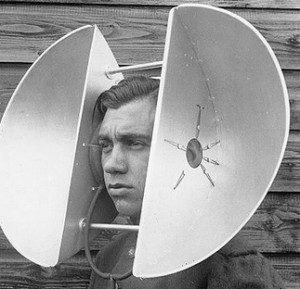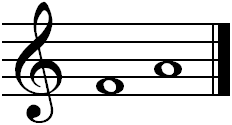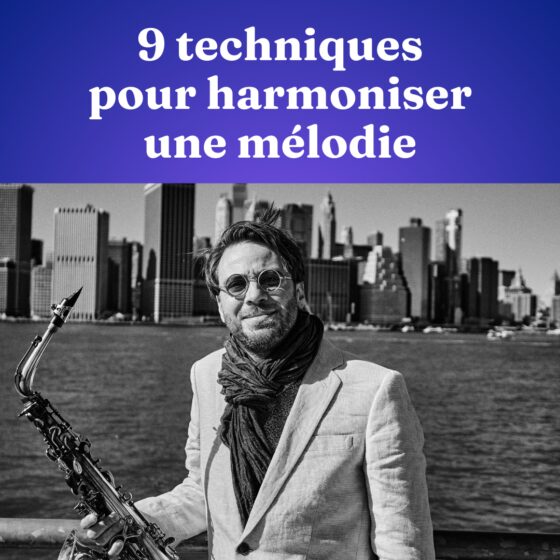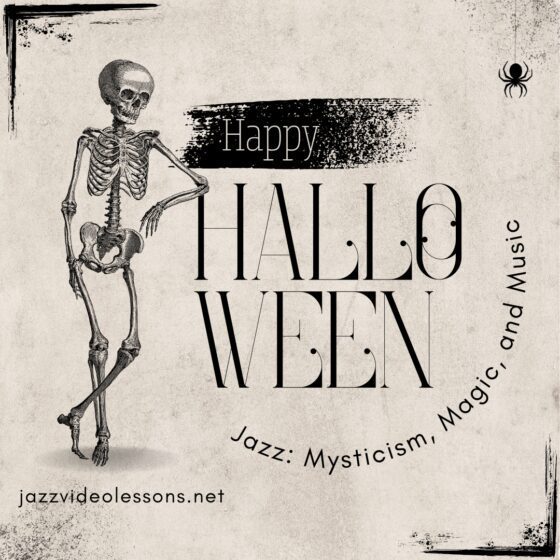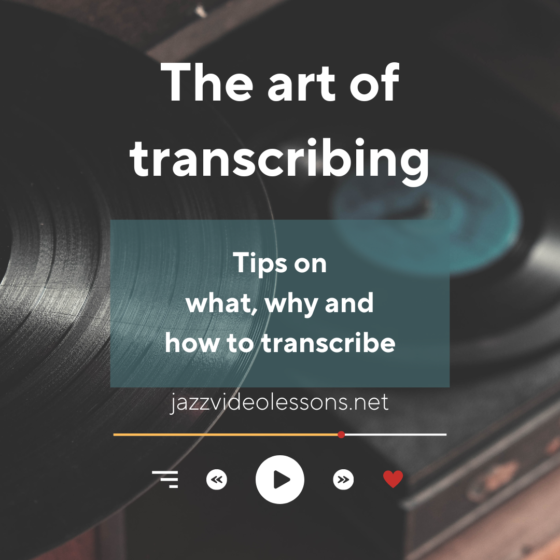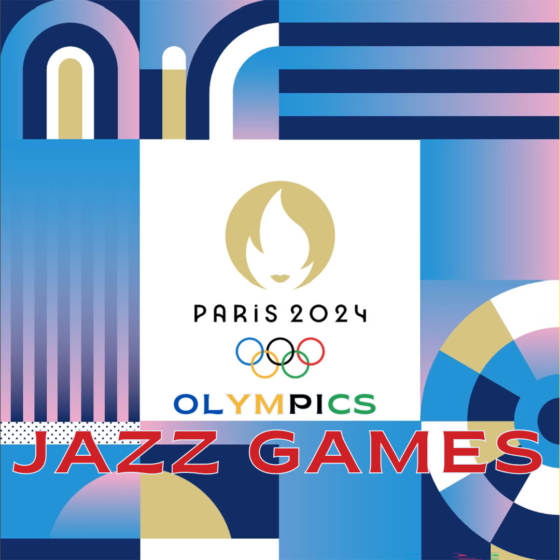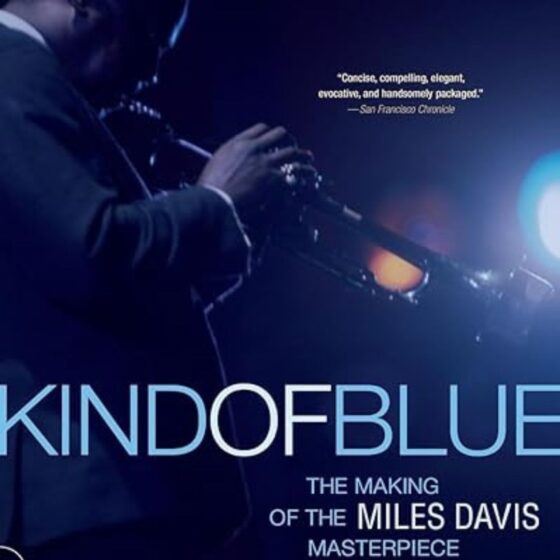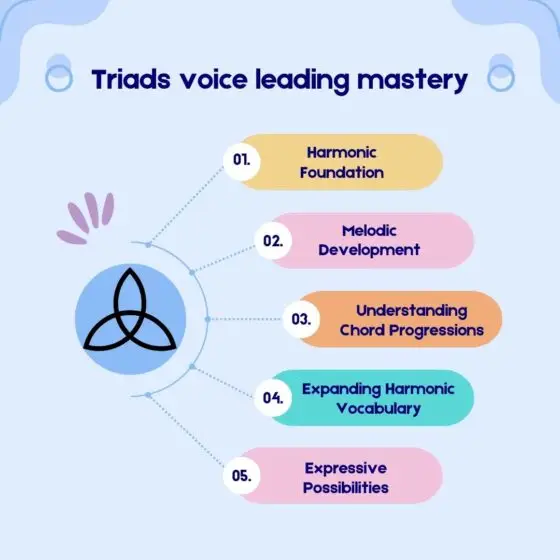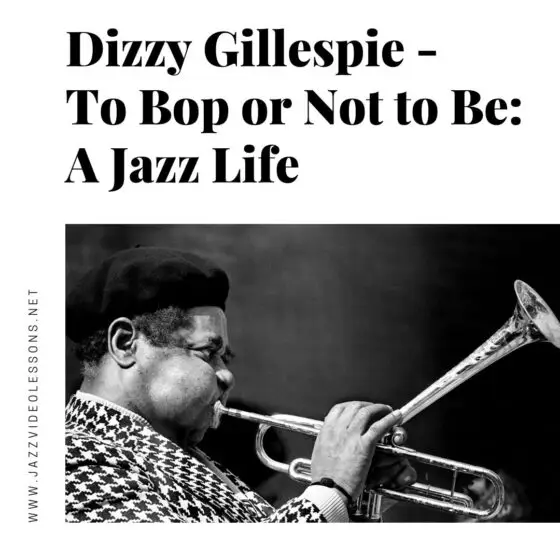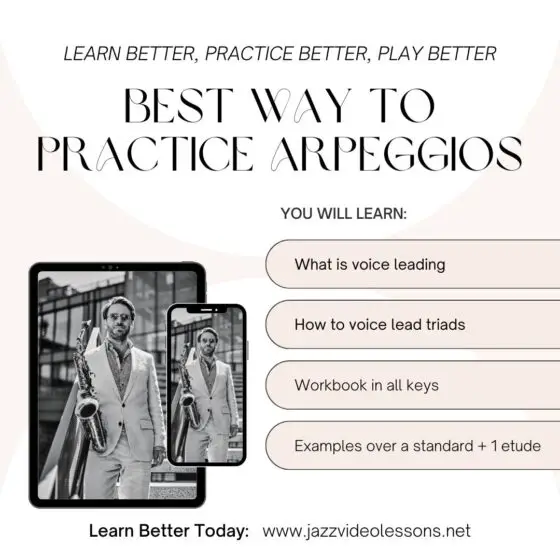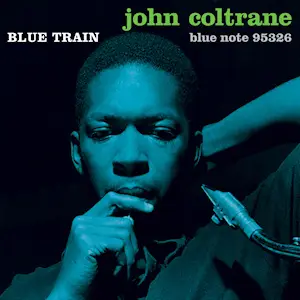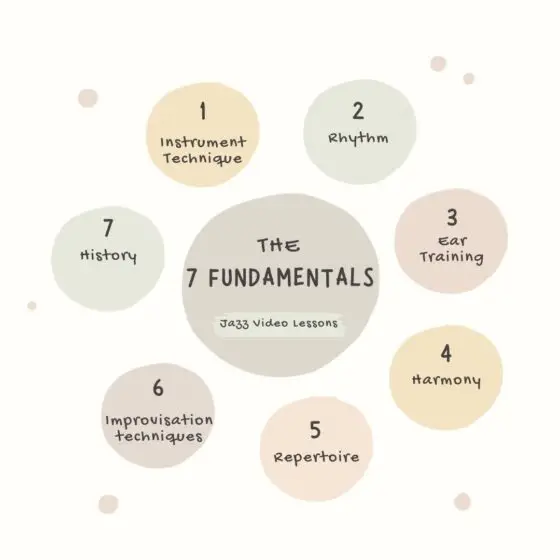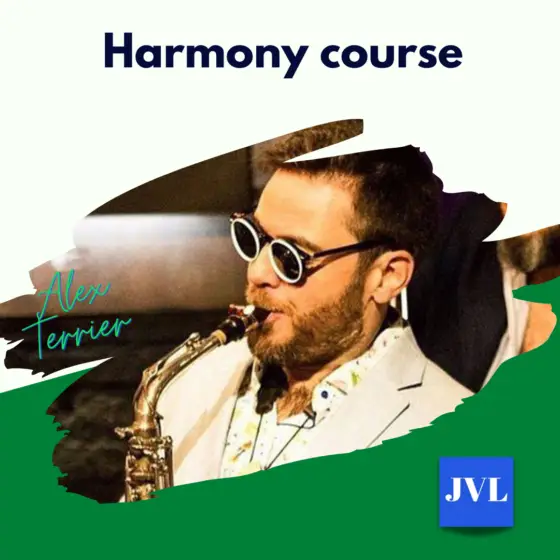I looked in the dictionary for the definition of the verbs “to read” and “to hear”. I find it interesting to note the difference:
– “to read: to have the ability to look at and comprehend the meaning of written or printed matter”
– “to hear: to perceive with the ear the sound made by someone or something”
While the act of reading implies that you actually understand the text, hearing does not, seemingly, include that faculty. Well, my friends, that is the beginning of the problem.
Too often we teach music, and reading music, without teaching the meaning, without taking the time to feel and understand the sensations associated to what we read. The results is instrumentalists who might be able to read and play their instrument very well, but have no real understanding of the music.
Music is a language and addresses one’s sensibility through sonic sensations. Of course one does not need to “understand” the music to feel it. However, one will feel the music to a deeper level when one understand its subtleties, when one knows the rules to follow and can appreciate the artistic value when he hears someone bending or breaking these rules. To read music, it’s to hear it through associating signs, just like to read a text you associate letters to make words of which you understand the meaning, and ultimately to make phrases that can deliver a message and sometimes a sensation. In music, these signes are made of :
– one graphic element, or an image
– one oral element or words, and the sensations they represent.
this image
is with words: a major third and has the associated physical sensation to it.
A student must become familiar with these sonic phenomenon. To attain that goal, one must learn how to differentiate these phenomenon, isolate them, and imitate them. Those signs are just ink on paper until they are associated to sensations.
Just like anything you would want to master, the ability to associate the signs with sensations must go through a consistent and progressive learning curve. A pilot, a karate master, a painter, a photographer, a doctor, they all have reflexes. We need to create reflexes so we can take action and make a decision not even in a split second but “in the moment”. The only way to create reflexes is to repeat many times the same action. In this chapter, it is the association between music signs and the sensations.
When asked to transcribed a melody, some students will, not without panicking, write notes that have hardly any resemblance to what they heard. They can read and play a very complex melody but couldn’t to save their life hear a simple one with the help of an instrument. Some can read a melody saying the correct note but singing the wrong pitch, to the same effect of saying to your significant other “I love you and I want to spend the rest of my life with you” with the tone of “It’s tax season, I need to make an appointment with my accountant for next week”.
That’s because the association between sensations and signs has not been created, or incorrectly, or at a pace that was too fast.
To recognize the notes F-A on a staff, to know there is an interval of a major third between these two notes, is useless if you can’t hear the sonic space that is a major third. It’s like if, because you know the alphabet and the phonetic, you were reading these phrases perfectly but had no clue what these words mean.
I am sure some of you are wondering about perfect pitch which is the ability to name immediately a sound. To have the perfect pitch is a gift that needs to be nurtured at a young age. However, it is by no means a requirement to play music nor a condition to being a good musician. I do not have perfect pitch, and I will let you decide if my musicianship matches your standard of what is a good musician or not. Actually, perfect pitch can even be a curse! If you play a transposing instrument, you should be grateful not to have the perfect pitch because you would spend your life training your brain to contradict your ear: reading the note Bb on the alto saxophone but hearing Db, or reading the note F on the trumpet and hearing Eb.
Some people who are not musicians have the perfect pitch, and some great musicians don’t have this gift. To recognize the name of a pitch is of course helpful, but it is the nature of the concatenation of the sounds that creates music.
Therefore I am now going to help you to develop your relative pitch by hearing, recognizing, and feeling the intervals. We will go through the exact same process I went through in my formative years. I believe it was of a tremendous help and I do hope that it will help you as well.
Class Syllabus:
Lesson 1A
Lesson 1B
Lesson 1C
Lesson 1D
Related lessons:
– “Just You, Just Me” Joshua Redman’s solo Lesson 1, lesson 2, lesson 3, lesson 4

